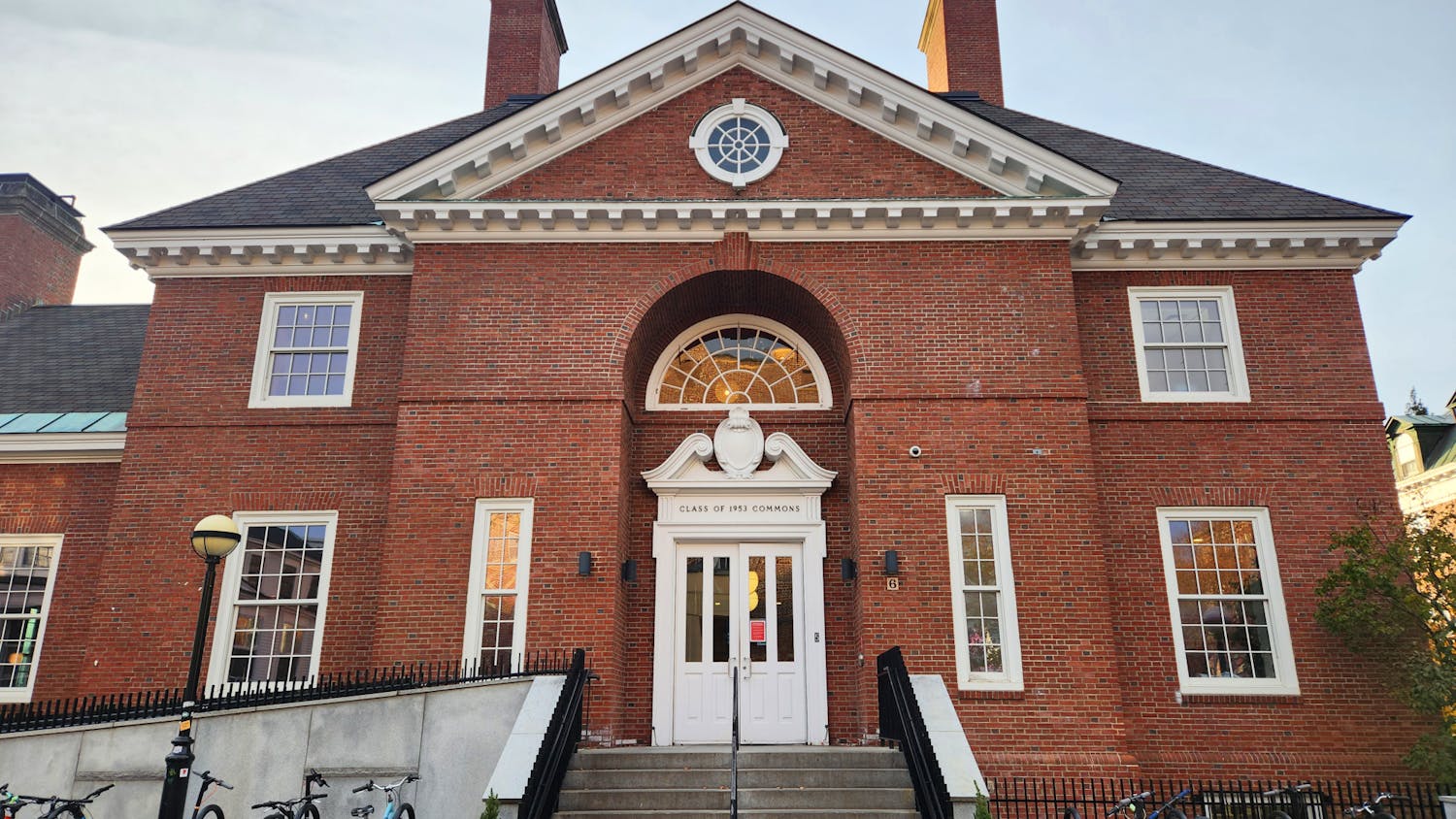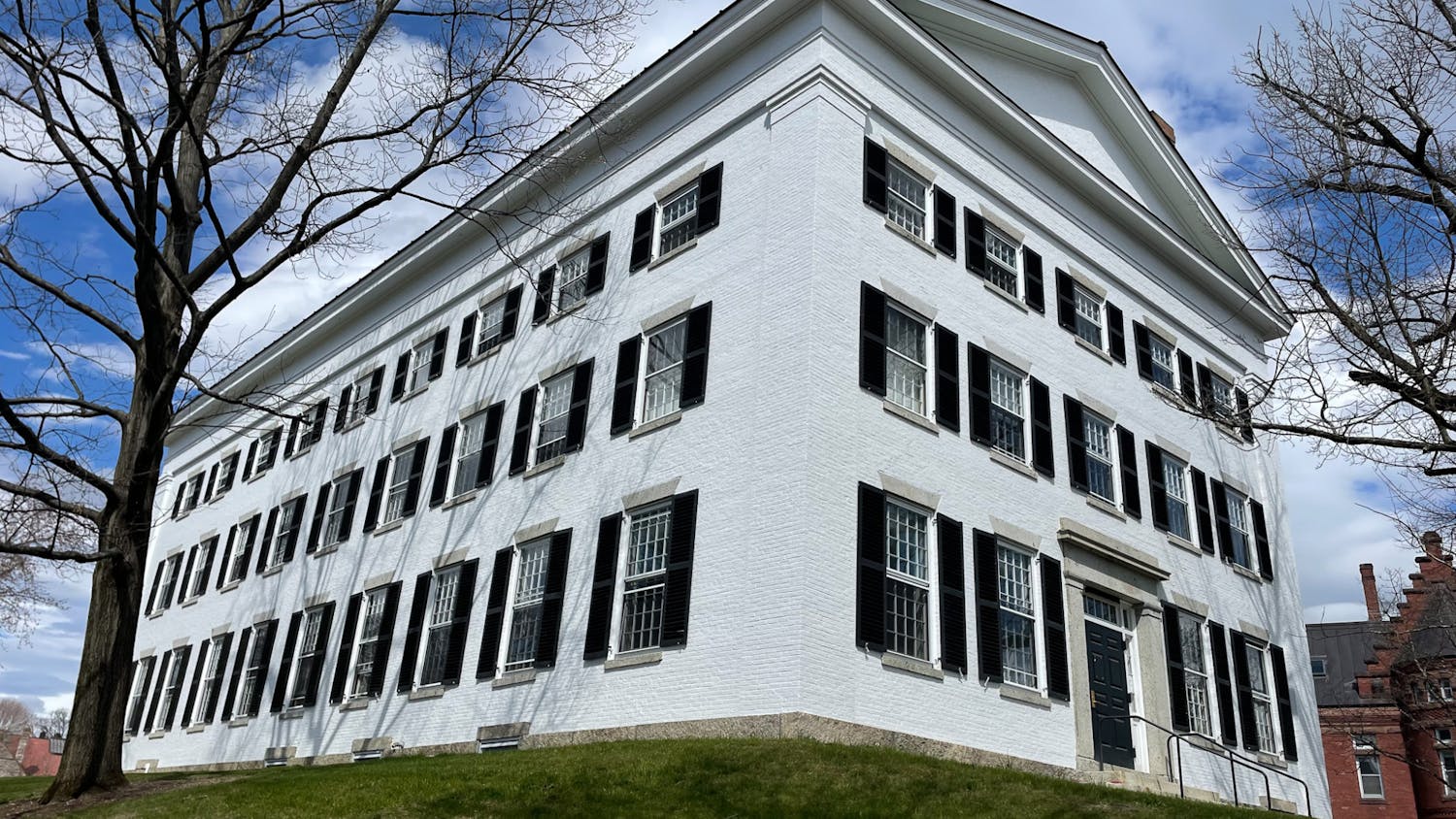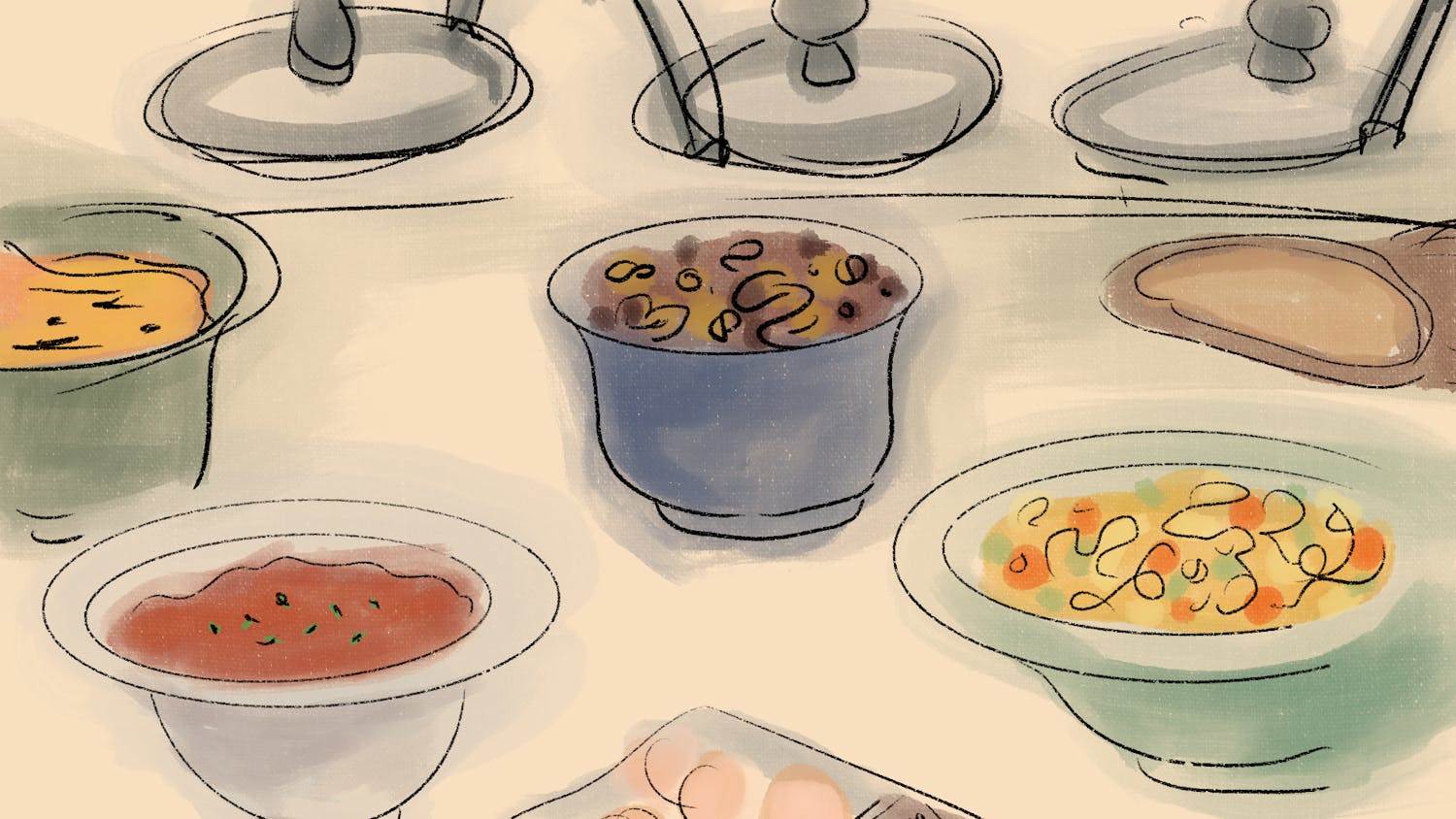A Dartmouth research team has found that a compound discovered at Yale University to treat Alzheimer’s disease could be a potential therapy for prion diseases — a family of neurodegenerative diseases.
The team, led by Geisel School of Medicine biochemistry and cell biology professor Surachai Supattapone, worked in collaboration with a Yale University research team that identified the compound as a potential method for interfering with a first step of Alzheimer’s disease.
The team at Yale University, led by neuroscience professor Stephen Strittmatter is working to develop a compound to treat Alzheimer’s. The current project took shape in 2009 when the team discovered the identity of a receptor that interacted with the Beta amyloid protein in the brain to cause Alzheimer’s disease, according to Erik Gunther, an associate research scientist in neurology at Yale University and member of the research team.
This discovery immediately suggested a possible therapy, Gunther said. If there is a way to block the interaction between the protein and the receptor, the initiation of the disease may be able to be blocked, he said.
After screening tens of thousands of chemicals to see if they could block this interaction, the team identified a polymeric chemical that was able to bind to bind to the receptor with high affinity, according to Gunther.
“It’s a very potent drug and can block the ability of a Beta [amyloid] to bind to the receptor and deliver its toxic signal,” he said.
Once the team members identified the compound, they contacted Supattapone, a long-time colleague and medical school classmate of Stritmatter’s who studies the same receptor identified by the research team in its known role in prion diseases, a group of diseases sometimes spread to animals by meat products.
“There was a natural confluence — a natural collaboration that suggested itself between our labs because [Supattapone] was already an expert in that,” Gunther said.
After agreeing to collaborate, Supattapone and then-Ph.D. student Geoff Noble began work at Dartmouth in 2012. To test the effectiveness of the compound in the context of prion disease, Noble added varying amounts of the chemical to cells infected with prions — abnormal, pathogenic agents that can cause the misfolding of a specific type of protein — to see if the compound could clear some of the prions. He found that the compound was indeed effective.
When the Yale University team discovered a new, more potent compound that could be administered orally, the researchers reached out to Supattapone’s lab once again in 2017.
“We sent them some data and didn’t really hear much for several years actually,” Noble said. “It turns out during that time they were making all sorts of interesting progress on this project and ended up reaching out to us with [a new compound.] They asked us if we would mind trying it in our system and I was happy to do that.”
Noble added that the team found that the new compound worked even better than the first, reporting a compatible result to that found by the Yale University team.
While the Dartmouth team is not currently working on the project, Supattapone said that his lab would be willing to collaborate with Strittmatter’s team in the future, once the pharmokinetics — also known as what the body does to the drug or the movement of the drug within and through the body — are worked out. This includes researching information such as how much of the drug is necessary and how often it should be administered.
“Once they have that information, we’ve left the door open to doing additional studies here where we would treat living animals with this compound to see if it might prevent prion disease,” he said.
Although Noble has now finished his studies at Dartmouth and has since moved to University of Pennsylvania, he emphasized the continued importance of the project.
“They found a really serendipitous connection in the field of neurodegeneration to link what were thought to be two completely separate pathological entities through a common pathway,” Noble said. “This paper is providing more support for a potential [treatment] mechanism and hopefully, in the future, some hope for treatments for both.”
Eileen (Eily) Brady is a '21 from Chicago who studies government and romance languages. Eily loves travel, politics, iced tea and her dogs, Mac and Charlie. She is thrilled to be reporting the news for The Dartmouth.



